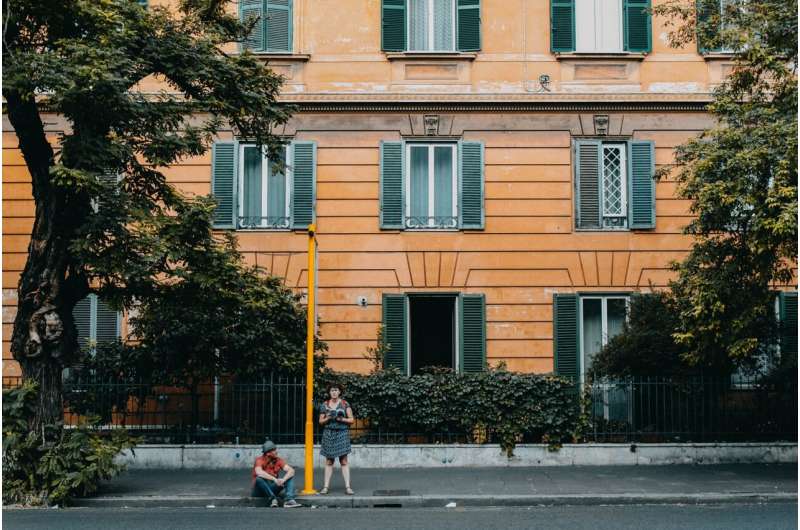This article has been reviewed according to Science X's editorial process and policies. Editors have highlighted the following attributes while ensuring the content's credibility:
fact-checked
trusted source
proofread
Video: Uncovering connections between built environment and health

Neighborhood features like greenery and sidewalks offer more than just curb appeal. According to a study by a research team including University of Maryland experts, such aspects of the built environment are associated with health outcomes.
In a new video from the National Library of Medicine, epidemiology and biostatistics Associate Professors (and twin sisters) Quynh and Thu Nguyen explain their work merging Google Street View images of neighborhood characteristics with patient data, including instances of coronary artery disease, hypertension and diabetes. UMD architecture Associate Professor Ming Hu, who researches how the built environment can affect health and well-being, also lends her perspective on the value of such studies to architects and planners.
For example, the Nguyens and their collaborators found that street greenery was associated with lower obesity and better mental health, and that sidewalks and crosswalks, indicators of walkability, encouraged more physical activity. The team used its findings to create a searchable national database.
"Health care systems want to know, what are some exposures that their patients encounter," Quynh Nguyen said, "and what are some of the predictors that can help them better understand where the chronic risk disease is coming from?"





















